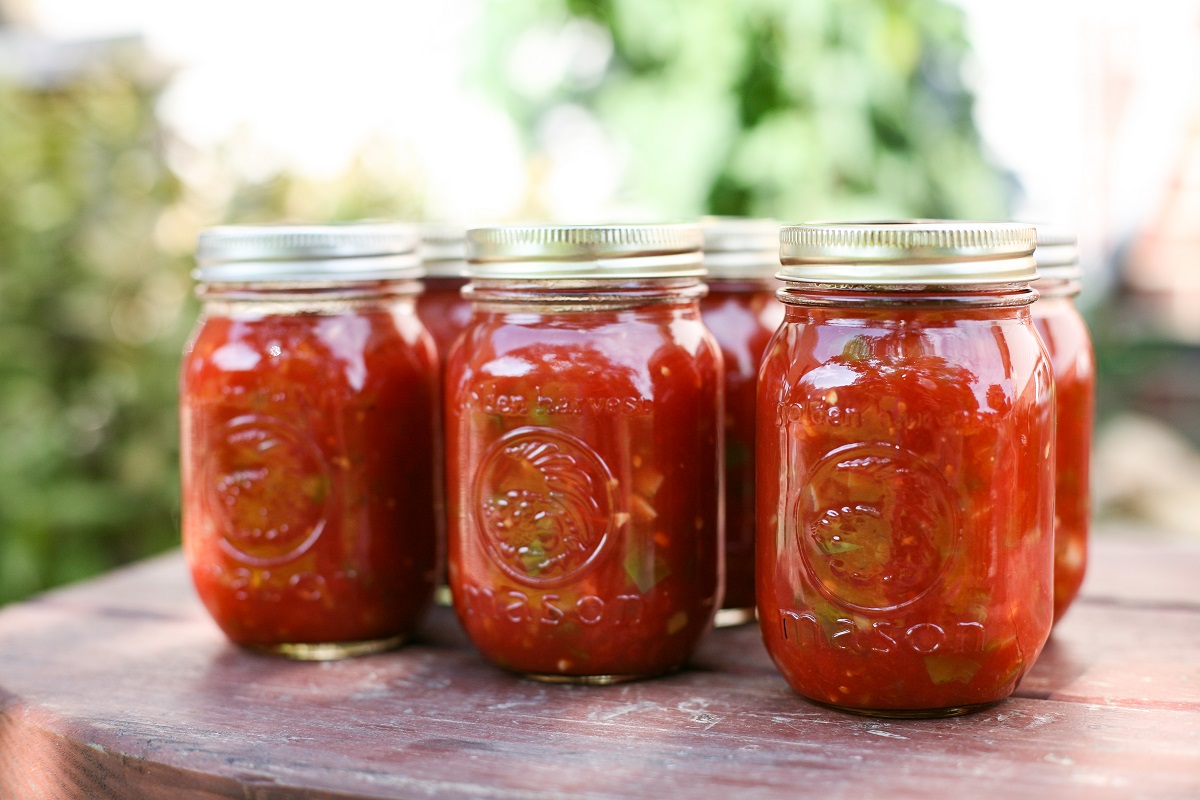

Articles
How To Store Homemade Salsa
Modified: February 26, 2024
Learn how to properly store your homemade salsa with these helpful articles. Keep your salsa fresh and delicious for longer.
(Many of the links in this article redirect to a specific reviewed product. Your purchase of these products through affiliate links helps to generate commission for Storables.com, at no extra cost. Learn more)
Introduction
Welcome to the wonderful world of homemade salsa! Whether you’re a seasoned salsa lover or just discovering the deliciousness of this versatile condiment, making your own salsa at home is a great way to personalize the flavors and enjoy a fresh and healthy alternative to store-bought options. But once you’ve whipped up a batch of your favorite salsa recipe, you might find yourself wondering how to store it properly to keep it fresh and flavorful for as long as possible.
In this article, we’ll explore the various aspects of storing homemade salsa. We’ll cover everything from selecting the right ingredients to choosing the perfect containers and providing tips on refrigeration and freezing. So, sit back, grab your favorite tortilla chips, and let’s dive into the world of storing homemade salsa!
Key Takeaways:
- Store homemade salsa in airtight glass or plastic containers in the refrigerator for up to a week, ensuring freshness and preventing cross-contamination.
- Extend the shelf life of homemade salsa by freezing it in portioned containers, thawing it properly, and enjoying its flavors in various recipes.
Selecting the Ingredients
When it comes to making homemade salsa, the quality of ingredients you choose plays a vital role in the flavor and longevity of your salsa. Here are a few considerations to keep in mind when selecting your ingredients:
1. Tomatoes: Opt for ripe and flavorful tomatoes. Look for varieties such as Roma or vine-ripened tomatoes, as they tend to have a deeper and more robust flavor.
2. Peppers: Choose peppers that suit your preferred level of spiciness. Whether it’s mild bell peppers or fiery jalapenos, ensure that they are fresh and free from blemishes.
3. Onions and Garlic: Fresh and aromatic onions and garlic can add a delightful depth of flavor to your salsa. Select firm onions with dry outer skins and plump cloves of garlic.
4. Herbs and Spices: Cilantro, lime juice, cumin, and salt are commonly used to enhance the taste of salsa. Ensure that your herbs are fresh, and your spices are of good quality for the best flavor.
5. Additional Ingredients: Consider adding other ingredients such as corn, black beans, or fruits like mango or pineapple to add texture and sweetness to your salsa. Choose ripe and fresh produce for the best results.
Remember, the quality and freshness of your ingredients will directly impact the taste and longevity of your homemade salsa. So, take your time to source the best ingredients available to you!
Preparing the Salsa
Once you have selected your ingredients, it’s time to prepare your homemade salsa. Follow these steps to ensure a delicious and well-balanced salsa:
1. Wash and Chop: Start by washing all your fresh produce thoroughly under running water. Remove any stems, seeds, and membranes from the peppers. Then, chop all the ingredients according to your desired salsa texture. Some prefer a finely diced salsa, while others enjoy a chunkier consistency.
2. Mix the Ingredients: In a mixing bowl, combine the chopped tomatoes, peppers, onions, garlic, herbs, spices, and any additional ingredients you have chosen. Gently stir everything together until well-combined. Taste and adjust the seasoning as needed.
3. Let It Rest: Allow your salsa to rest for at least 30 minutes. This resting period allows the flavors to meld together and develop a more harmonious taste.
4. Adjust Consistency: If you prefer a thinner salsa, you can add a small amount of water or lime juice to achieve the desired consistency. Conversely, if your salsa is too thin, you can strain out some of the liquid or add more chopped ingredients to bulk it up.
Remember to trust your taste buds and make adjustments to the ingredients and seasoning according to your preferences. Homemade salsa offers the flexibility to customize flavors to your liking!
Choosing the Right Containers
Once you have prepared your homemade salsa, it’s important to choose the right containers for storing it. The right container will help maintain the freshness and flavors of your salsa. Here are a few tips to consider when selecting containers:
1. Glass Jars: Glass jars with tight-fitting lids are an excellent option for storing salsa. They are non-reactive, ensuring that the flavors of the salsa won’t be compromised. Additionally, glass jars are easy to clean and allow you to see the contents inside.
2. Plastic Containers: If you prefer using plastic containers, make sure they are made of food-grade material and have airtight and leak-proof lids. Look for containers that are BPA-free and safe for storing food.
3. Mason Jars: Mason jars with screw-on lids are popular for storing homemade salsa. They come in various sizes, allowing you to choose a jar that fits the amount of salsa you have. Mason jars also create an airtight seal, preserving the freshness of the salsa.
4. Freezer-safe Containers: If you plan to freeze your salsa, ensure that the containers you use are freezer-safe. These containers are designed to withstand extreme cold temperatures without cracking or shattering.
Remember, regardless of the type of container you choose, it’s essential to clean and sanitize them thoroughly before storing your salsa. This will help prevent the growth of bacteria and maintain the quality of your salsa.
Storing the Salsa
Proper storage is crucial to maintain the freshness and flavor of your homemade salsa. Here are some guidelines for storing your salsa:
1. Refrigeration: If you plan to consume your salsa within a week, storing it in the refrigerator is a great option. Transfer the salsa to a clean, airtight container and place it in the refrigerator. This will help slow down the growth of bacteria and keep your salsa fresh.
2. Airtight Seal: Ensure that the container you use has an airtight seal to prevent air and moisture from entering. This will help prolong the shelf life of your salsa and keep it tasting delicious.
3. Labeling: To avoid confusion, consider labeling your salsa containers with the date of preparation. This will help you keep track of the freshness and ensure that you consume the salsa within a reasonable time frame.
4. Avoid Cross-Contamination: Use separate utensils, such as spoons or scoops, when serving salsa to prevent cross-contamination. This will help maintain the quality and prevent the growth of bacteria.
Remember that homemade salsa is best consumed within a week when stored in the refrigerator. If you have a large batch or want to store it for a longer period, consider freezing your salsa to extend its shelf life.
Store homemade salsa in an airtight container in the refrigerator for up to 1 week. For longer storage, you can freeze it in a freezer-safe container for up to 3 months. Just be sure to thaw it in the refrigerator before using.
Read more: How To Store Homemade Boba
Refrigeration Tips
Refrigerating your homemade salsa is a great way to keep it fresh for a longer period. Here are some tips to ensure optimal storage in the refrigerator:
1. Temperature: Set your refrigerator temperature to around 40°F (4°C). This is the ideal temperature for storing perishable foods like salsa. Avoid placing your salsa near the door or in the warmest areas of the fridge to maintain its freshness.
2. Airtight Containers: As mentioned earlier, use airtight containers to store your salsa in the refrigerator. This will prevent air exposure and help retain the flavors. Ensure that the lid is tightly sealed to keep out unwanted odors.
3. Store in the Back: Place your salsa containers on the middle or back shelves of the refrigerator rather than the door. The door is more prone to temperature fluctuations, which may affect the quality of the salsa.
4. Avoid Contaminating: Use clean utensils or scoops when serving salsa from the container. This helps prevent cross-contamination and extends the freshness of the remaining salsa.
5. Give it Space: Allow some space around the salsa containers in the refrigerator. Proper air circulation ensures even cooling and reduces the chance of spoilage.
6. Check for Freshness: Before consuming leftover refrigerated salsa, check for any signs of spoilage such as a sour smell, mold growth, or an off taste. If you notice any of these signs, it’s best to discard the salsa.
Following these refrigeration tips will help your homemade salsa stay fresh and flavorful for a longer duration. Enjoy your salsa confidently knowing that it’s safely stored in the refrigerator!
Freezing Your Homemade Salsa
If you have made a large batch of salsa or want to extend its shelf life, freezing is a fantastic option. Freezing your homemade salsa allows you to enjoy it for an extended period while preserving its flavors. Here’s how to freeze your salsa properly:
1. Prepare the Salsa: Ensure that your salsa is properly prepared and at the desired consistency. Allow it to cool completely before freezing.
2. Portioning: Divide the salsa into manageable portions that you can easily thaw and use. Consider using small containers or freezer-safe bags to store individual servings.
3. Airtight Packaging: Place the salsa into the chosen freezer-safe containers, leaving some headspace to allow for expansion. Alternatively, you can fill freezer-safe bags, removing excess air before sealing them tightly.
4. Labeling and Dating: Clearly label each container or bag with the date and contents to make it easier to identify later. Use a permanent marker and attach a label if needed.
5. Freezer Placement: Lay the containers or bags flat in the freezer to allow for faster and more even freezing. Once they are frozen solid, you can stack them to save space.
By following these steps, your salsa will be well-preserved in the freezer, ready to be enjoyed whenever the craving strikes!
Thawing and Using Frozen Salsa
When it’s time to use your frozen salsa, it’s important to thaw it properly to maintain its texture and flavors. Here’s how to thaw and use your frozen salsa:
1. Refrigerator Thawing: The safest method for thawing frozen salsa is by transferring it from the freezer to the refrigerator. Place the salsa container or bag in the refrigerator and allow it to thaw slowly. Depending on the portion size, it can take several hours or overnight to fully thaw.
2. Room Temperature Thawing: If you’re in a hurry, you can thaw the salsa at room temperature. Place the frozen container or bag in a bowl of lukewarm water and let it sit, stirring occasionally. This method will thaw the salsa faster, but it’s important to monitor the temperature to prevent bacterial growth.
3. Cold Water Thawing: For a quicker thawing process, submerge the sealed container or bag of salsa in a bowl of cold water. Change the water every 30 minutes to ensure it stays cold. This method will thaw the salsa within 1-2 hours.
4. Using the Thawed Salsa: Once the salsa is thawed, give it a gentle stir to incorporate any separated liquids. You may notice some slight texture changes due to freezing, but the flavors should remain intact. Taste the salsa and adjust the seasonings if necessary.
Thawed salsa can be consumed as is, used as a dip, or incorporated into various recipes like enchiladas, tacos, or casseroles. It’s important to note that once salsa has been thawed, it should not be refrozen. Use it within a few days and discard any leftovers that have been sitting at room temperature for more than two hours.
Enjoy the convenience of having homemade salsa readily available, even when it’s stored in the freezer!
Conclusion
Homemade salsa is a flavorful and versatile condiment that can elevate any dish. When properly stored, it can retain its freshness and delicious taste for an extended period. By following the tips and guidelines discussed in this article, you can ensure that your homemade salsa stays fresh and flavorful for as long as possible.
From selecting high-quality ingredients to preparing and storing your salsa in the right containers, each step in the process contributes to maintaining its quality. Whether you choose to store your salsa in the refrigerator or freezer, remember to use airtight containers and label them appropriately for easy identification.
Refrigerated salsa is best consumed within a week, while frozen salsa can last for several months. Thaw your frozen salsa using the recommended methods, and use it in your favorite recipes or as a dip. Remember to never refreeze salsa once it has been thawed.
By taking the time to store your homemade salsa properly, you can enjoy the flavors of your favorite salsa recipe whenever you desire. So get creative in the kitchen, experiment with different ingredients and spice levels, and savor the satisfaction of enjoying your own homemade salsa all year round!
Frequently Asked Questions about How To Store Homemade Salsa
Was this page helpful?
At Storables.com, we guarantee accurate and reliable information. Our content, validated by Expert Board Contributors, is crafted following stringent Editorial Policies. We're committed to providing you with well-researched, expert-backed insights for all your informational needs.
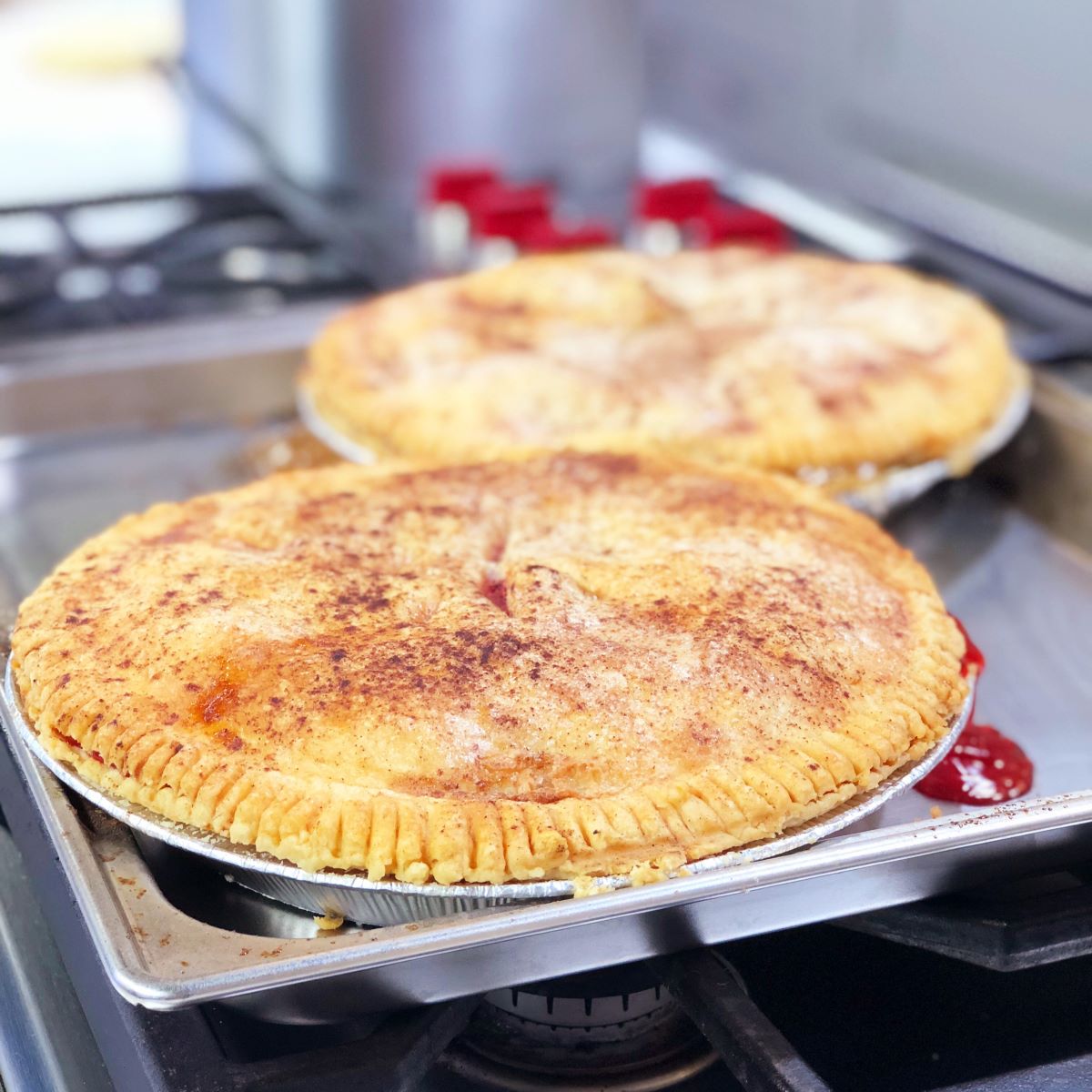
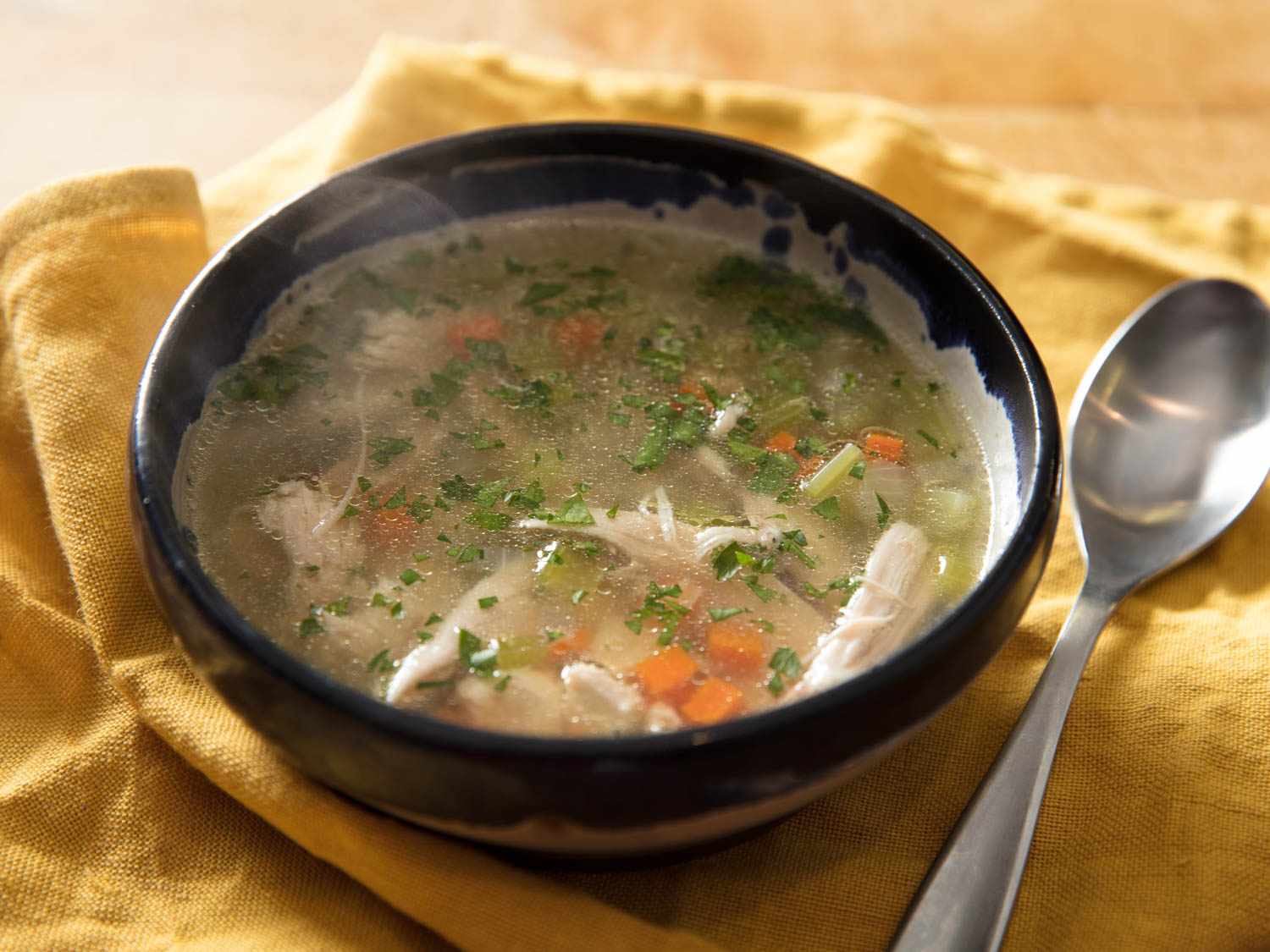
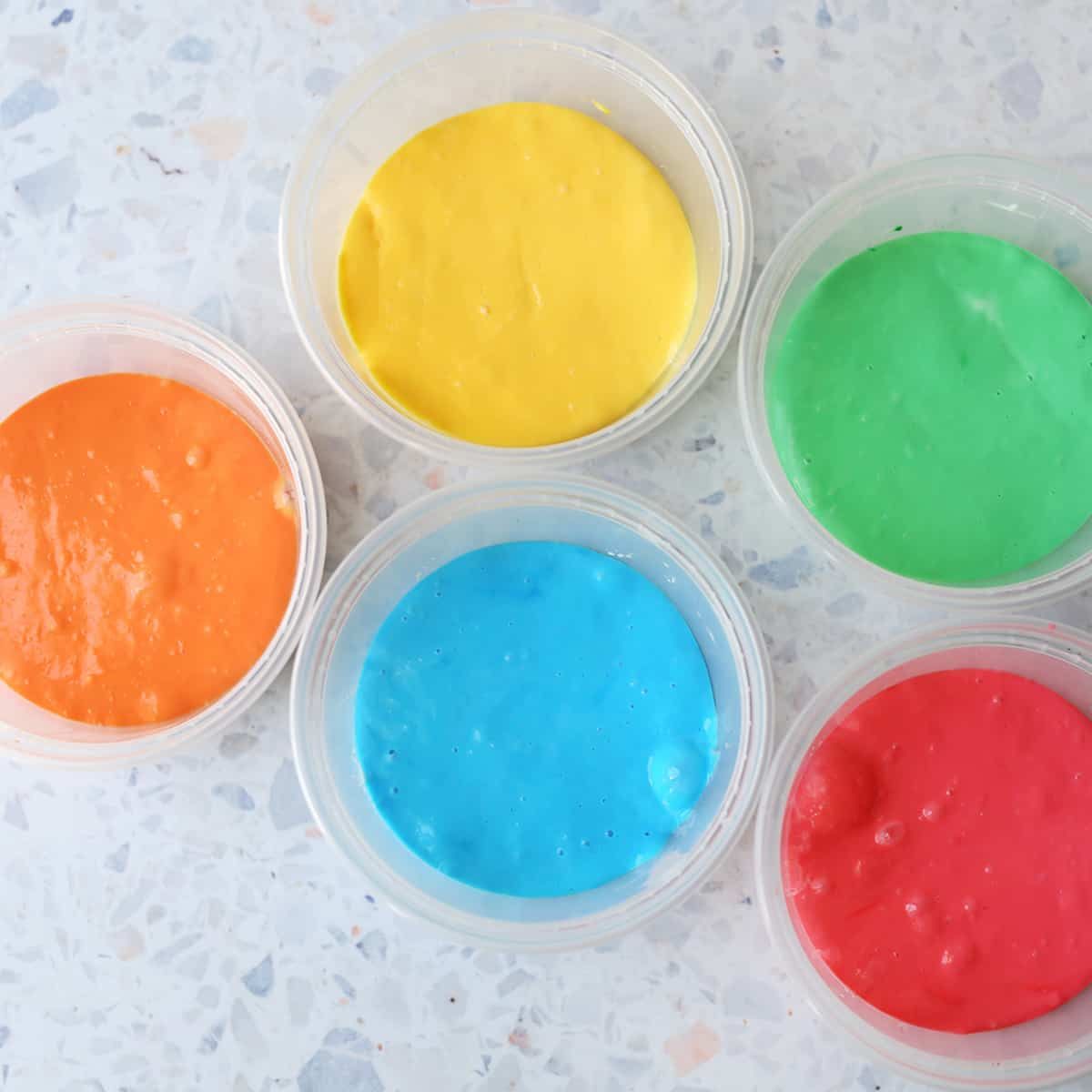
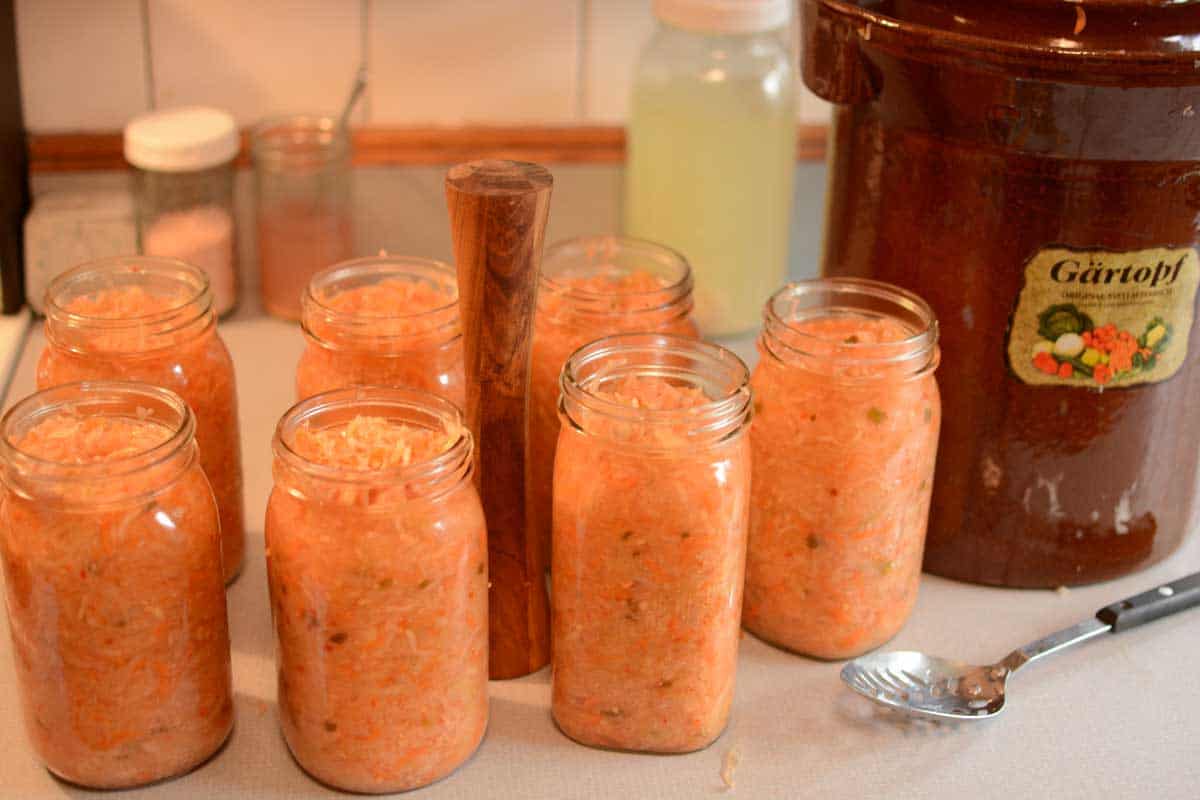
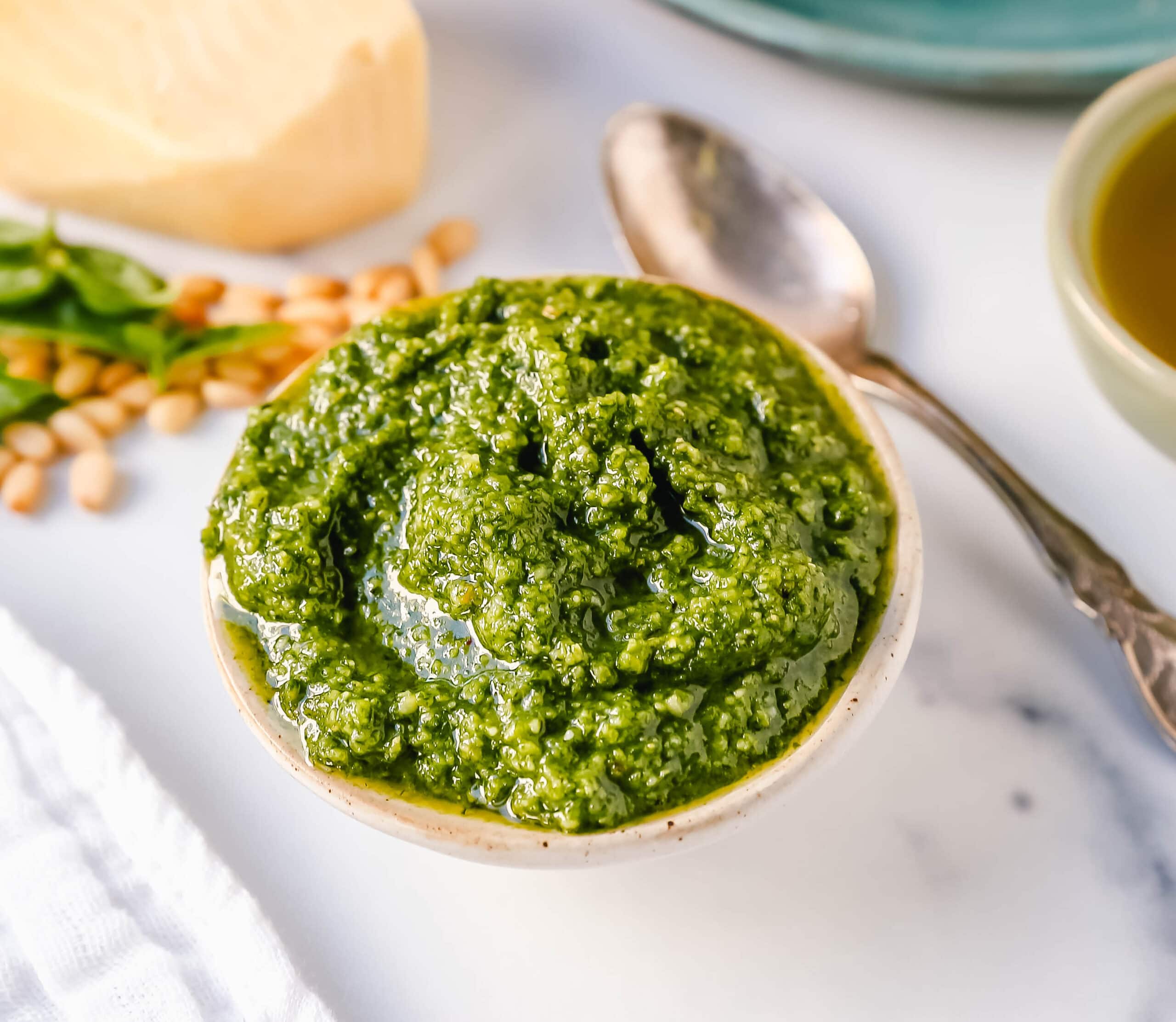
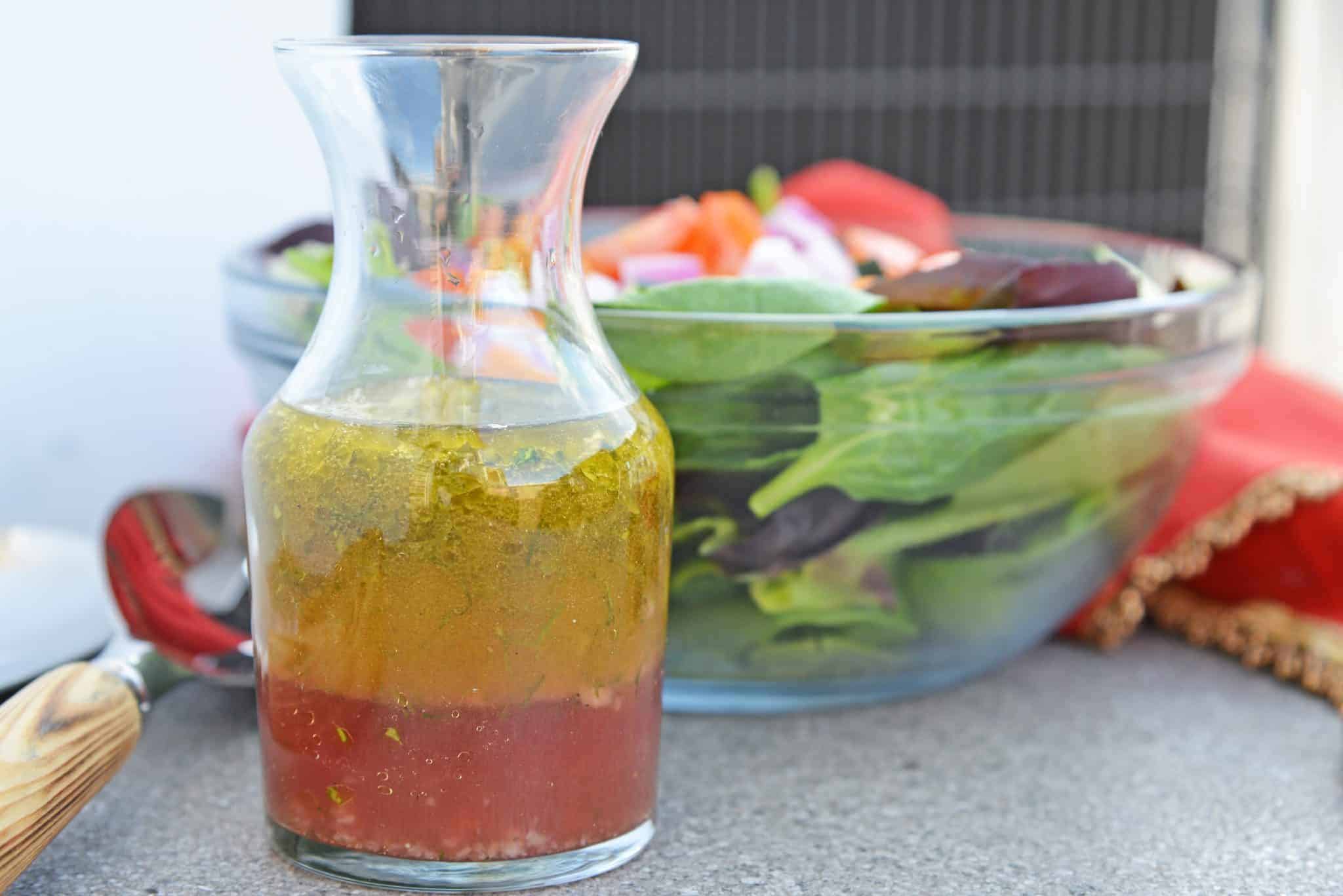
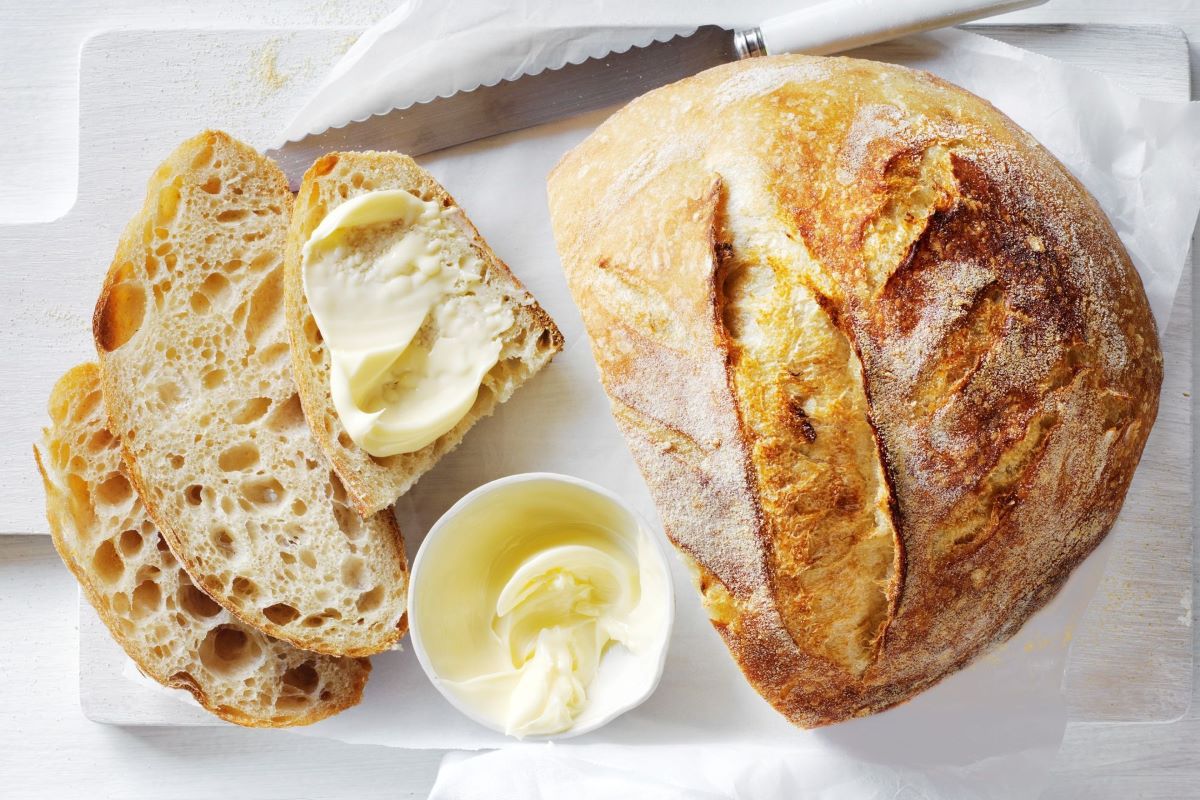
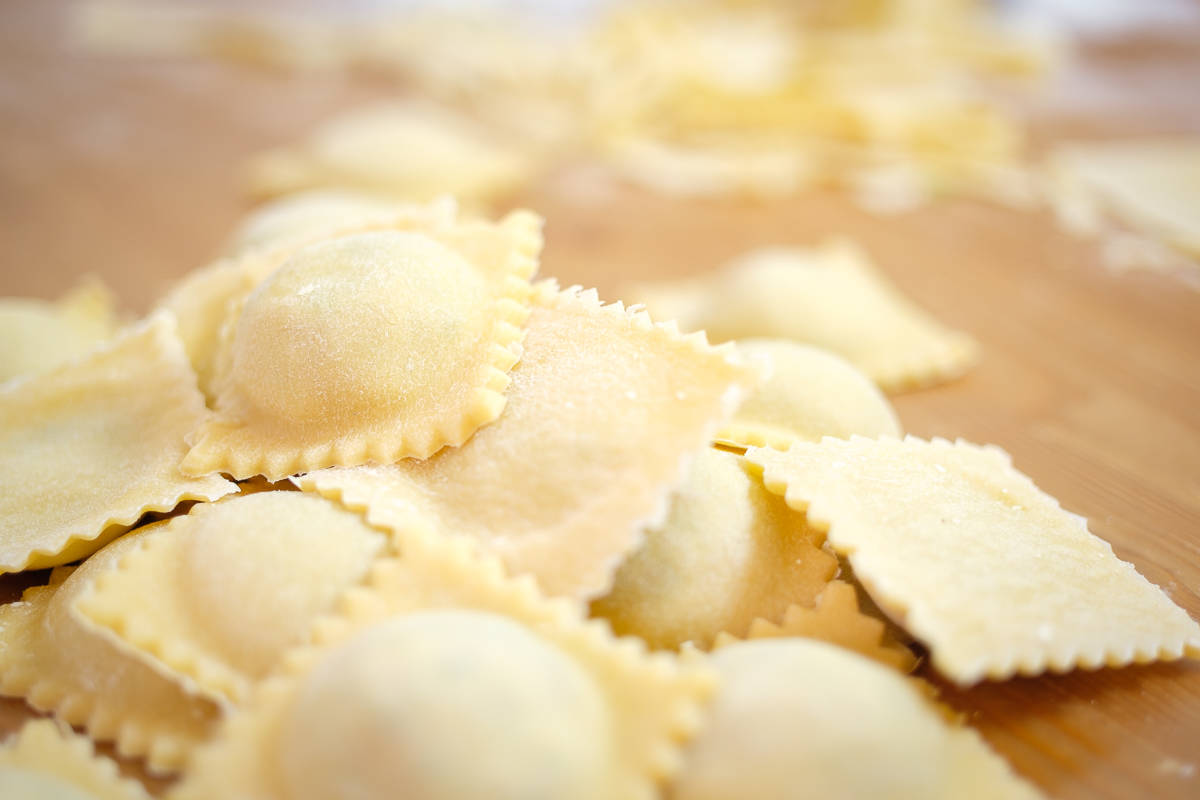
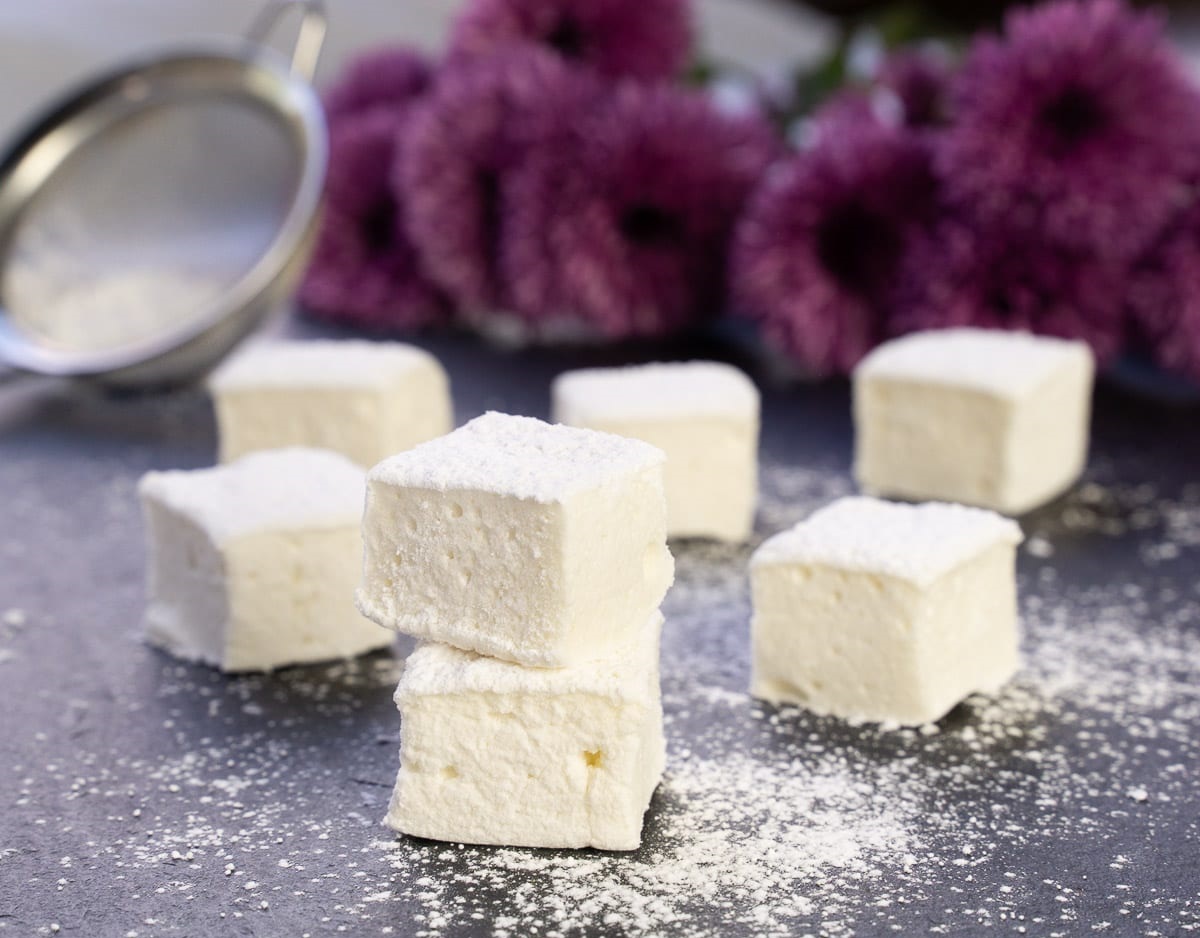
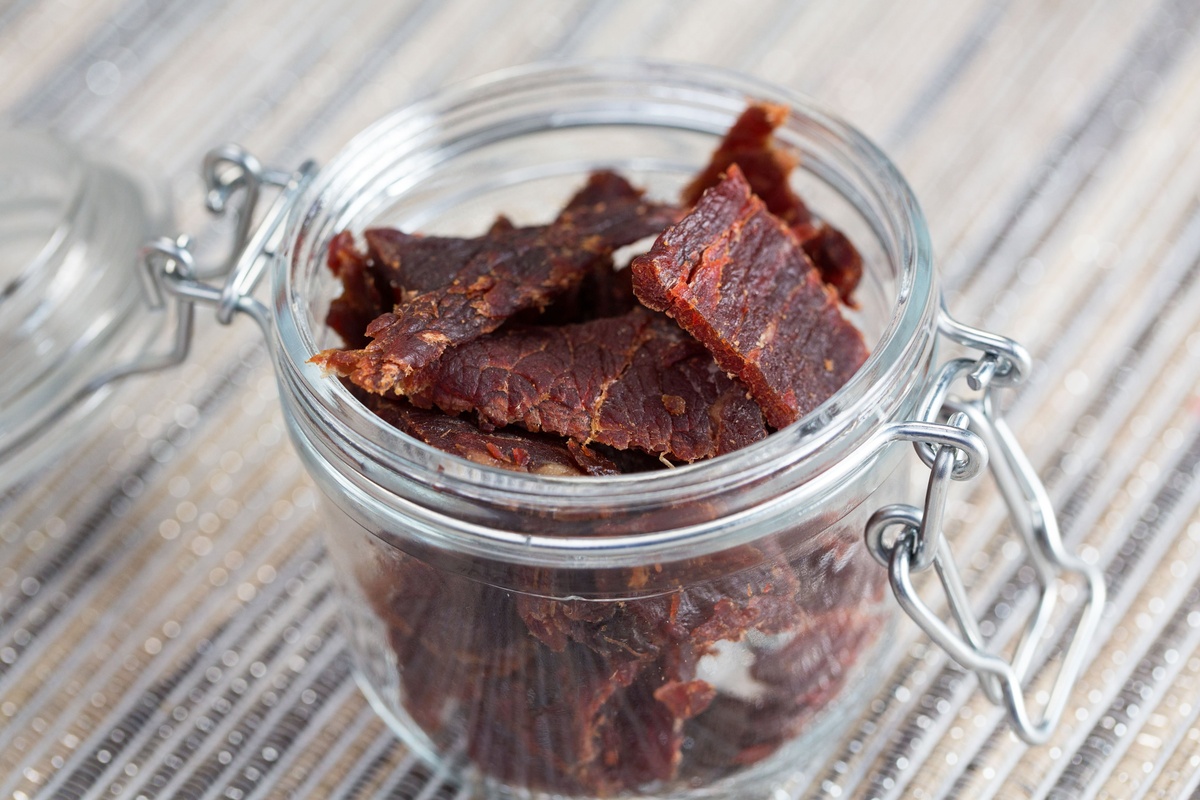
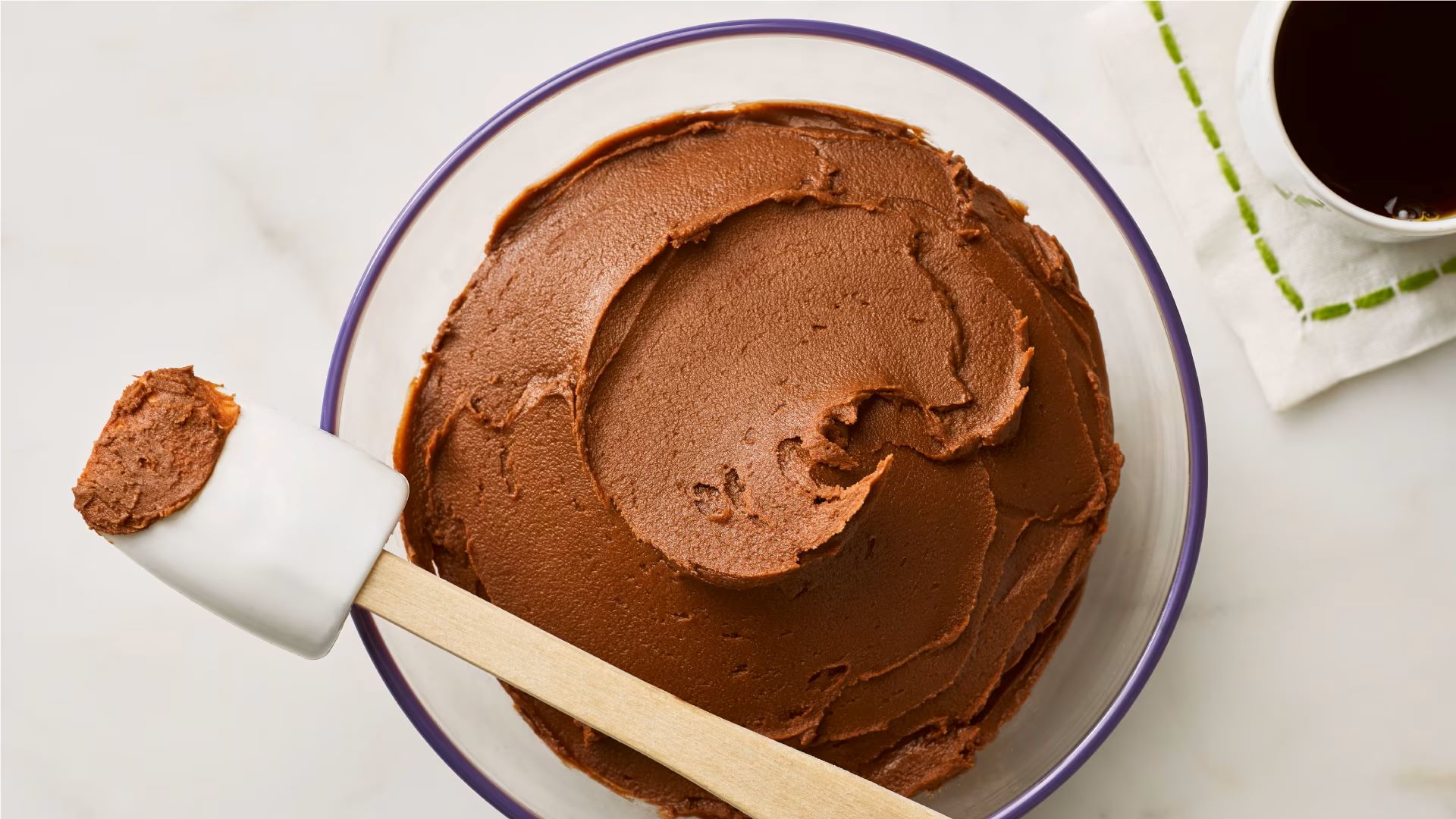
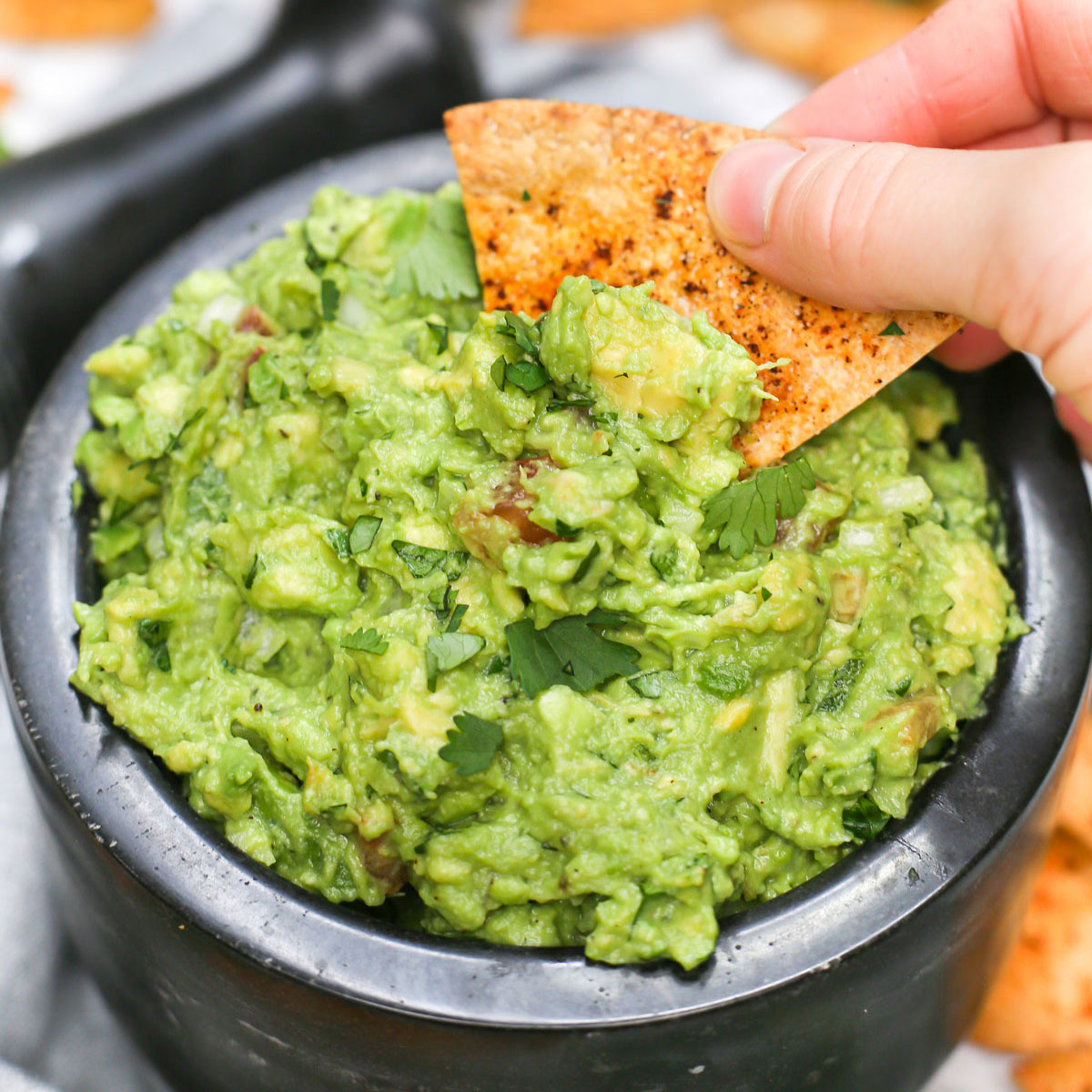

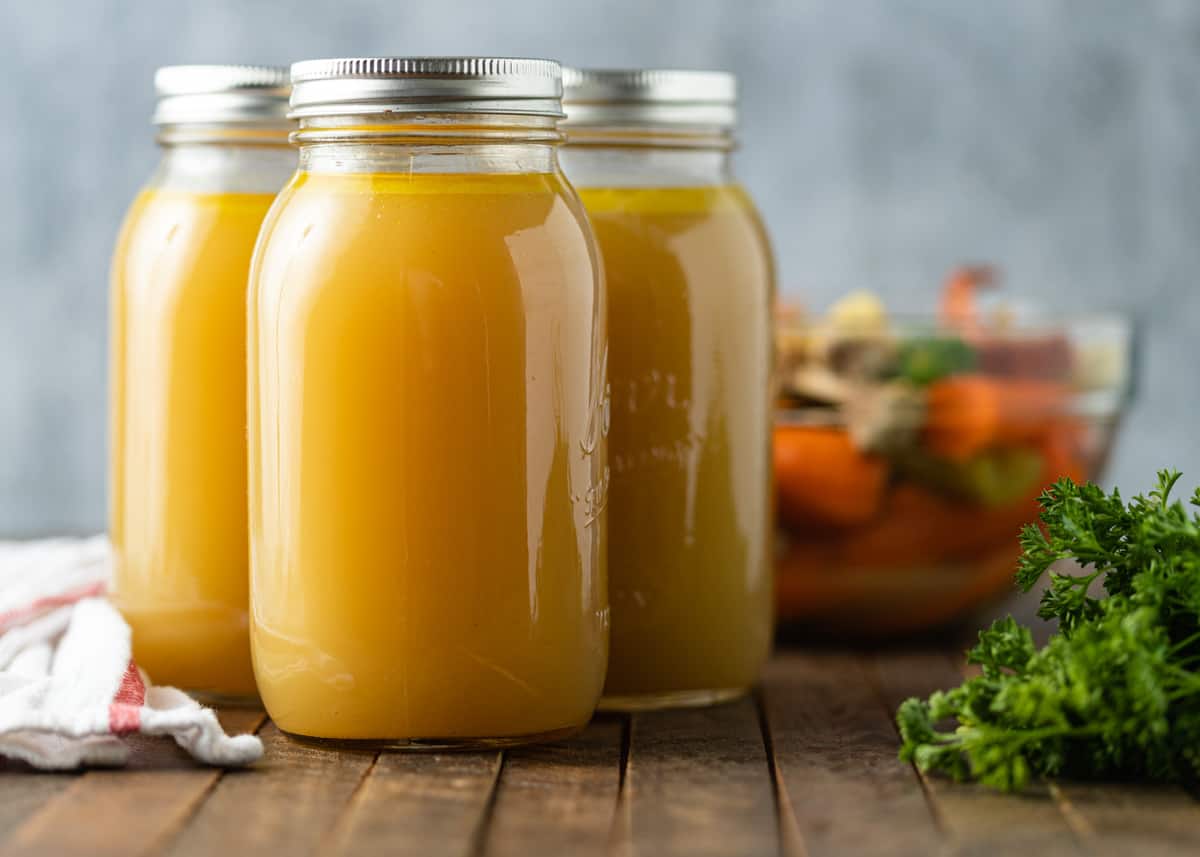

0 thoughts on “How To Store Homemade Salsa”